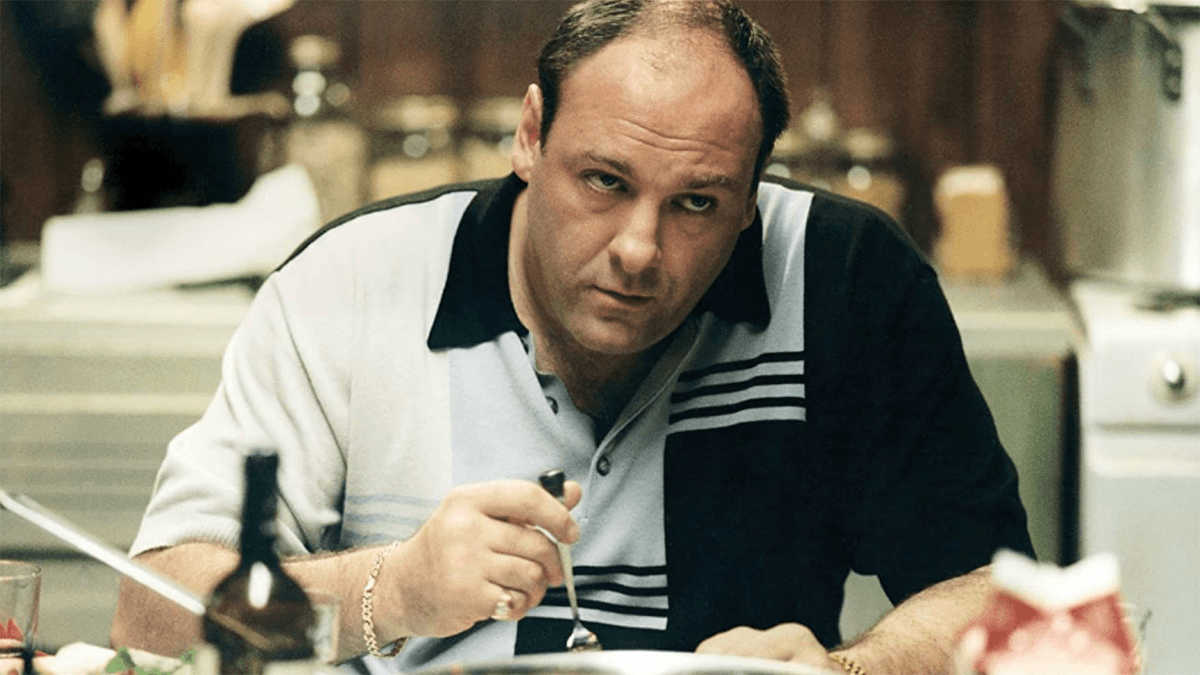The complaint in the works of R. Trompaz
The real indignation of the visual artist from Capão Redondo with the clear social segregation in cities gives rise to his artistic work. With his distinctive graphic style, it is possible to understand the critique at a glance in any of his works.
Making evident the various forms of social inequality, R. Trompaz chooses to draw in a striking way and aims to take the viewer out of their comfort zone. "Social Segregation Geographically Widespread" is one of his works that continues to this day. Defined by him as something obvious - through the style of his graphic language.
We talked with R. Trompaz about what made him start in art, his influences, his work, and the critique he carries, and of course, his expectations for the future. Check it out below:

1. What was your first contact with art like and how did that influence your decision to pursue this career?
My first contact with art was relatively early, as at that time I had been in elementary school for about two years. It was in a course belonging to the Community Action of Brazil, where drawing, painting, crafts, text interpretation, capoeira, etc. were taught. It was a turning point, a new path that I had previously been unaware of. The fact that there were older students in the course motivated me to believe that it was possible to evolve in drawing. These students became a living reference for me at that moment. And due to the performance I had in the eyes of the teacher and the students, I was chosen to study drawing on weekends at MuBE.
2. How did life in Capão Redondo influence your worldview and consequently your art?
Despite the precariousness present in the periphery, on one hand, I was fortunate to grow up listening to Racionais MC’s; they were always my teachers, and I still have two of their tapes. Thus, the study of sociology came very early. Living at the edge and crossing the city towards the more structured/sophisticated neighborhoods always caught my attention, and I spent my entire childhood asking myself questions about social issues, about housing, about the glaring difference from one neighborhood to another. My artistic research started there, even though I still did not know it would be something academic and for a lifetime.

3. Can you tell us more about how studying graphic design shaped your artistic development?
In my view, it wasn't just the fact of studying graphic design, but certainly having been a student of excellent teachers during my undergraduate studies. During this time, my creativity was greatly explored, and at the same time, I had the freedom to produce many things in my own way. The fact that I wasn't limited to just tools was crucial for my development, as well as the understanding from the teachers regarding my choices, which were mostly based on my experiences.

4. You started "Social Segregation Geographically Widespread" when you finished your course, as a thesis project. What is its objective and what inspired you to create it?
This was the name of my thesis/book/project which, in this case, encompasses everything I had been questioning from an early age through drawing/painting. The book is exactly the way I learned to see the city; it is a visceral language, it is my own alphabet, my signs that often metaphorically denounce the social abyss present in the richest city in Brazil. The neglect has always been evident, and my indignation results in using art as a tool to highlight/denounce.

5. Your work addresses social and residential inequality, using only two colors. How do you hope this will impact those who see your works?
I love working in black and white; I think it’s beautiful, and regarding the social issues I address, it represents a social problem dating back to the time of black and white in newspapers, news broadcasts, etc. I thought that the brain worked harder when analyzing a work in two colors, and that way, I could hold people's attention longer despite technological advancements and the speed of things. However, today I understand that I will never have control over that, and interpretation is free; there’s no right or wrong, just different interpretations of the work, and that’s beautiful. I continue to create works that, regardless of color, somehow take people out of a certain comfort zone (without generalizing) of thinking that all images must be very clear to our eyes.
6. What are your expectations for the future of your artistic career? Is there any new project or collaboration you can share with us?
To continue the independent production of anything, focusing not only on the artistic career but also thinking about the possibility/attempt to show the residents of the extremes that the path of art can be an interesting alternative. At the moment I am participating in a group exhibition in Argentina, by the end of the month I will land in Mexico to participate in the Tijuana Triennial (my first biennial/triennial) which will last until February 2025, and at the beginning of August, I will open a very important solo exhibition in São Paulo, where I count greatly on the presence of you and all who strengthen with good/positive energy.
See others like this





